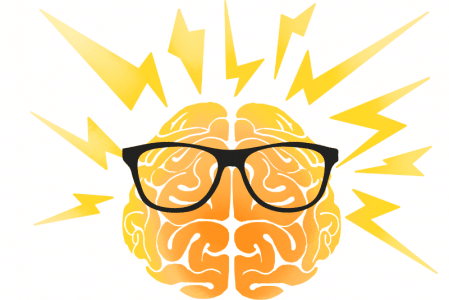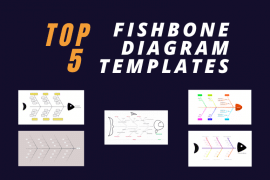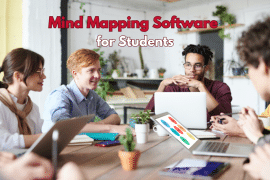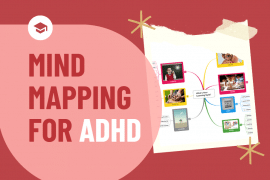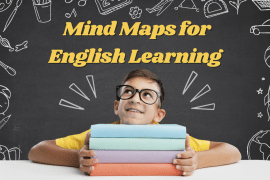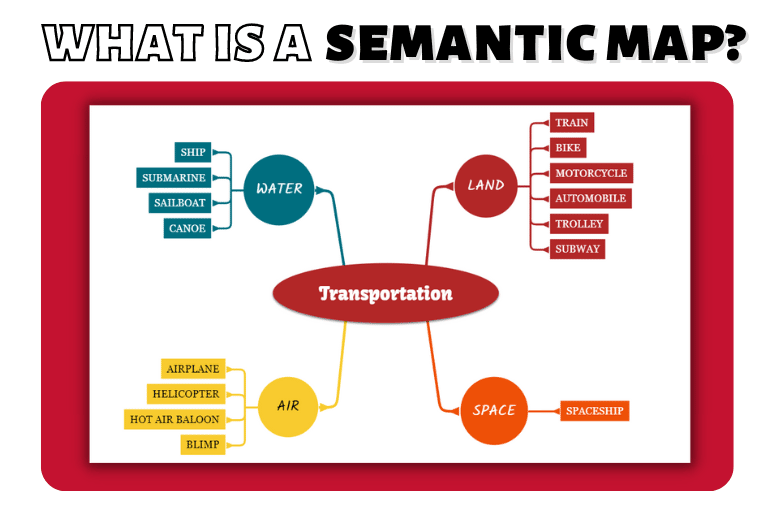
Some may have heard the term semantic map or have seen some semantic map examples already. For those that are looking to see who created a way to recall the meaning of words easily, go here. For those that want to understand more the words they read, continue forward.
Eventually, you will learn what a semantic map is, even without prior knowledge. It is a great way for children or adults to display words they read visually. It’s perfect when using diagram software to show the visual strategy.
What is a semantic map anyway?
A semantic map is sometimes referred to as webs of words. This is because it’s a visually appealing way to show how terms relate to each other. These webs of words also work in early education and are a great way for students to learn new words. At first, they can feel like a brainstorming session or a concept map.
Yet eventually, these graphic organizers are much more intuitive than at first glance. Sometimes it can relate to a spider diagram, as it forms the shape of the spider. This happens by building out a word or phrase from the center and then expanding it as much as possible.
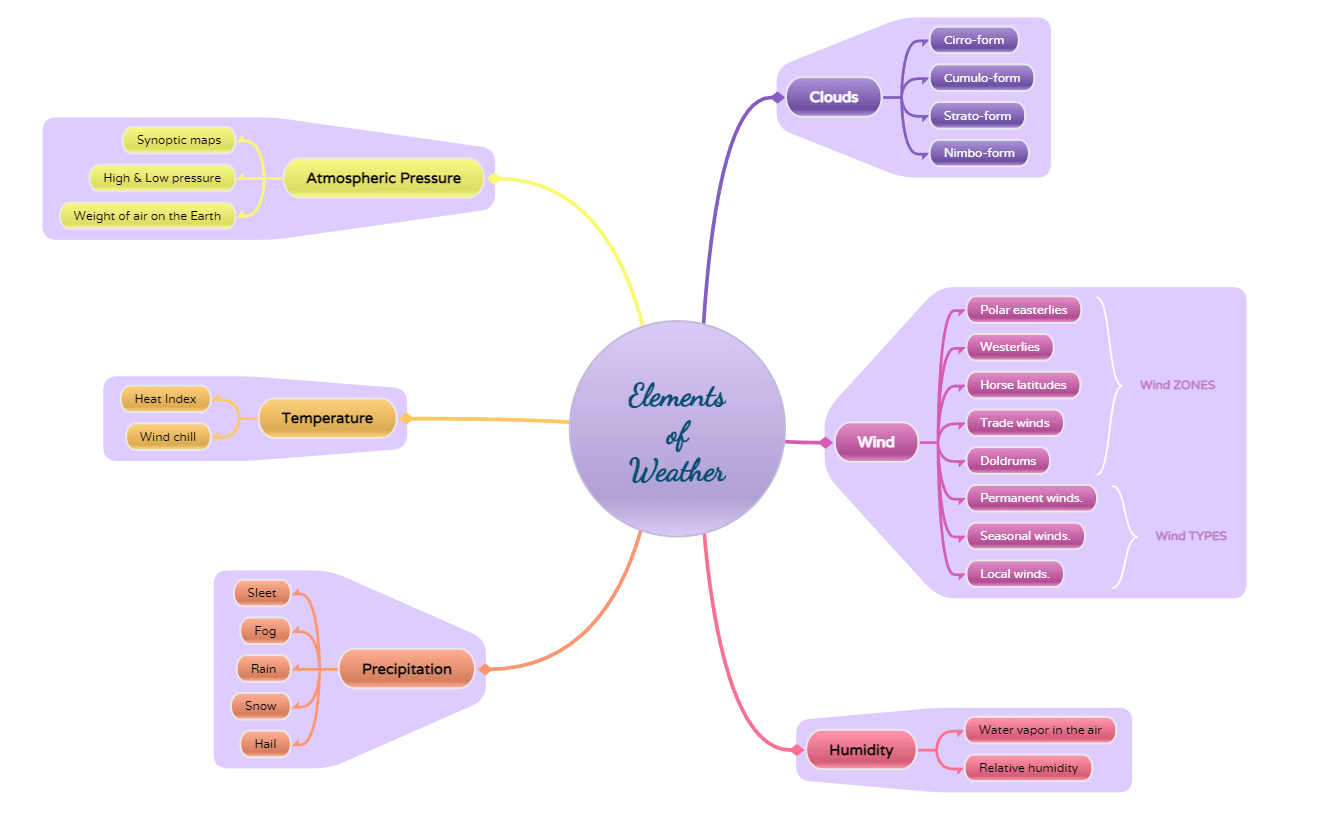
Do common core state standards use semantic maps?
It’s become a part of education to visually display words to help with building context clues. Students create these semantic maps without prior knowledge to show where they are with the understanding of the language. It starts with a word or phrase, through vocabulary instruction and word parts to build up their library of words. Then it’s about practicing, and students learn to recall the meaning of words through this method. Then their prior knowledge expands, and they take on more complex semantic maps.
This is a visual strategy of providing vocabulary instruction and lessons instead of simply repeating words. The context is being formed here so that students learn how to retain and relate similar words. It then gets more complicated when a student compares and contrasts their semantic map. Then it’s not about relatable words and synonyms. It’s about antonyms, and new semantic maps can be created.
It’s essential to note that the common core state standards take semantic mapping as a key tool. To learn more about how it’s required for certain literacy, one can go here and read about it.
How can adults work with semantic maps?
Semantic maps are not just for students through vocabulary instruction. In fact, it can help many adults with their reading strategies and recall the meaning of words. An adult will come with prior vocabulary knowledge, so this can be done in a much more advanced setting. Adults who use semantic maps will become better speakers and better writers. They will have a chance to be stronger with their articulation and command of the English language.
For those that are looking for better reading strategies and to read faster in general, semantic maps can help. Part of what helps with a semantic map is that it compares and contrasts while building up the vocabulary. Your subconscious is then able to understand related words. As you see them on paper, you will read them faster and process them more quickly. This is the fundamentals of speed reading and truly understanding what you’re reading fast.
It also helps when learning a foreign language without prior knowledge of that language. This is certainly the case for adults who have a tougher time learning a new language. A semantic map in a new language is quite beneficial. It all starts with that word or phrase and slowly expands out. Students learn, adult or otherwise, these new vocabulary words, and their brain is programmed for retention.
As students create these semantic maps, they can then start to recall the meaning of words in a foreign language. It’s all about locating the right connections and working with the right type of tools. These tools can be pen and paper, but a better option would be a software tool.
Is a semantic map an example of visual learning?
First, what is visual learning? It’s the primary way people learn, by seeing the material and absorbing it. So yes, a semantic map is another type of visual learning. It’s a compact and powerful form of visual learning that students create to help with language learning.
The best way to achieve success with a semantic map is to continuously and consistently make one. Always take on a word you’re unsure of or a phrase that doesn’t make sense. That’s your starting point for your semantic map. From there, you can begin the comparisons of words and expand the vocabulary you’ve built with prior knowledge.
It’s not just about those synonyms but about expanding knowledge with those words. So you want to start with as vague of a word as possible and then go from there. That’s the only way a semantic map will become useful. Yet writing these semantic maps down on paper doesn’t make the best sense.
Use technology to grow your semantic maps
If you write down a semantic map on paper, you may end up losing it. You want to be able to collect the semantic maps that you’ve built as it’s easy to reference later on. That’s how students will learn, and that’s how best to remember what was built in the past and not repeated.
That’s why at Mindomo, you can create any type of chart or diagram you want, including a semantic map. It’s an intuitive and simple way to recall the meaning of words as you build out several semantic maps yourself.
You can start for free to get a feel for the software and then expand the features later on. So don’t waste the opportunity to make use of an excellent tool that will boost your knowledge and vocabulary easily.
Keep it smart, simple, and creative!
The Mindomo Team

